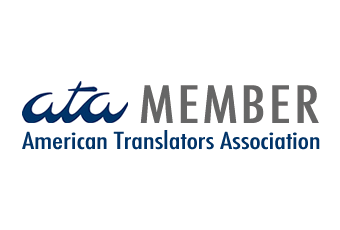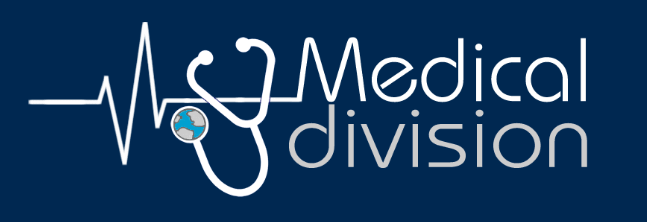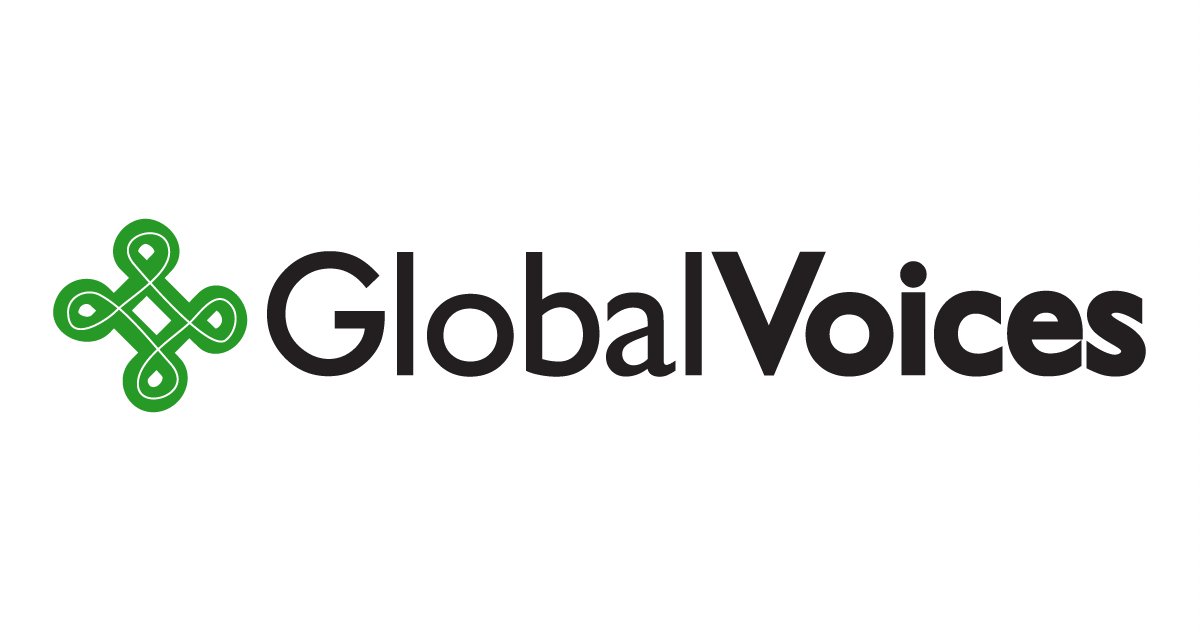Medical Writing: Tailoring Content for Healthcare Professionals vs. Patients
Medical writing is a specialized field that bridges the gap between complex medical information and its intended audience. Whether communicating with healthcare professionals or patients, medical writers must carefully tailor their approach, ensuring clarity, accuracy, and relevance to each group. While both audiences share an interest in healthcare topics, their needs, level of understanding, and expectations differ significantly. In this article, we will explore the key differences between writing for healthcare professionals and writing for patients.
Medical writing for healthcare professionals: Scientific communications and industry standards
When writing for healthcare professionals such as doctors, nurses, researchers, or pharmacists, a medical writer assumes a high level of clinical and scientific knowledge. This allows for the use of technical terminology, detailed data analysis, and evidence-based insights. These forms of scientific communications are typically found in clinical trial reports, regulatory documents, and peer-reviewed journals.
Key Characteristics:
- Technical language and medical terminology.
- Data-driven and research-based content.
- Citations from medical journals and regulatory sources.
- Contribution to clinical decision-making and academic discussion
Medical writing for patients: Clear, empathetic medical communications
In contrast, medical writing for patients focuses on clarity, empathy, and ease of understanding. Patients often lack formal medical training, so the challenge for a medical writer is to simplify complex topics while maintaining accuracy. Whether it is educational brochures, website content, or after-care instructions, patient-focused medical communications aim to inform, reassure, and support health literacy.
Key Characteristics:
- Plain language and conversational tone.
- Emphasis on practical advice and health outcomes.
- Avoidance of jargon and technical details.
- Accessible layout with clear headings and bullet points.
Purpose and style of medical writing: From publishing medical articles to educating patients
A major distinction in medical writing lies in its purpose. For professionals, the objective is often to contribute to academic literature or support clinical decisions through publishing medical articles, white papers, or regulatory submissions. For patients, the purpose is education, empowerment, and guidance in managing their health.
Professional Audience:
For healthcare professionals, medical writing aims to share new research findings that advance clinical knowledge, deliver timely clinical or regulatory updates that impact practice, and support peer-reviewed publication to uphold scientific integrity and academic credibility.
Patient Audience Goals:
For patients, the purpose is to educate them about their conditions and treatment options in plain language, promote adherence to prescribed care and encourage self-management, and build trust through clear, compassionate communication that fosters engagement in their own health.
A skilled medical writer adjusts tone and style based on audience:
Professional documents require a formal, objective tone with structured arguments and data interpretation.
Patient content, on the other hand, benefits from a warm, conversational tone that helps reduce anxiety and build understanding.
Conclusion: A medical writer’s dual role in healthcare communication
Whether you're creating scientific manuscripts or health education materials, a skilled medical writer plays a crucial role in translating complex health information into tailored, impactful content. Writing for healthcare professionals emphasizes depth and precision in scientific communications, while patient-focused content demands clarity, compassion, and actionable insight. By understanding these distinctions, medical writers can effectively support both clinical decision-making and patient empowerment across all channels of healthcare communication.

Emi Lecret - Providing Research, UX/UI Design, Communication, and Translation Services for Innovative Medical Companies and Organizations
Contact me at contact@emilecret.com









